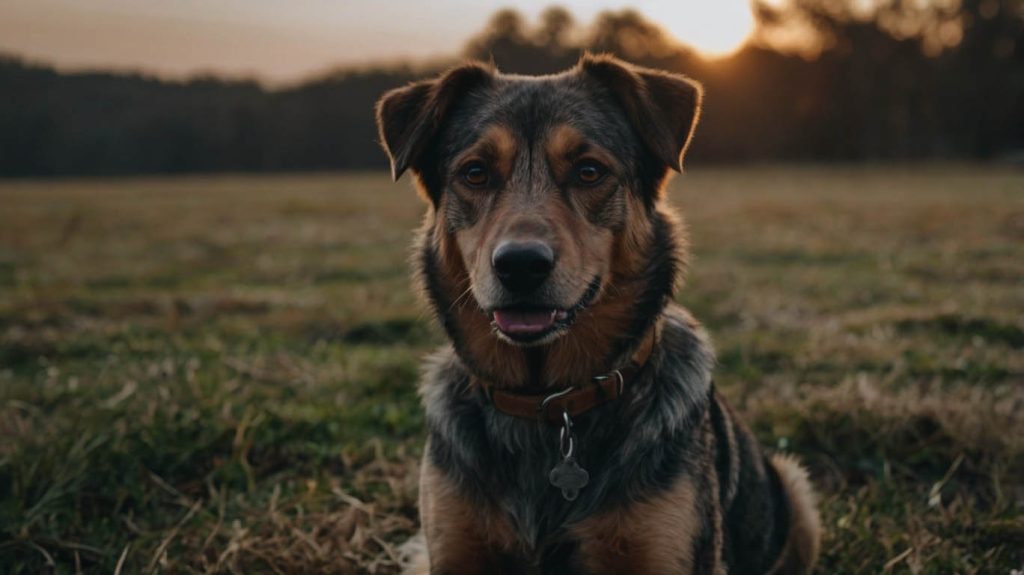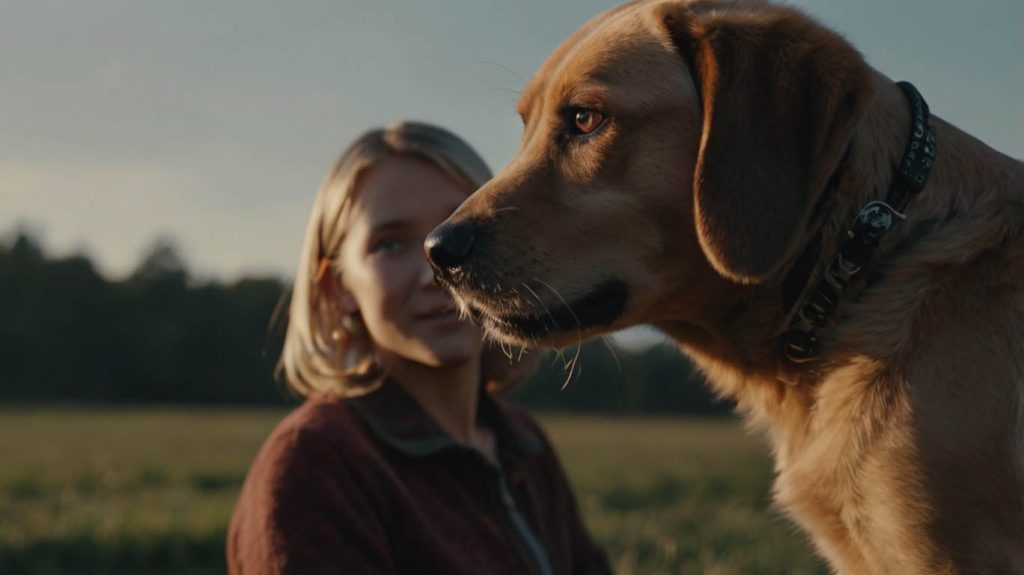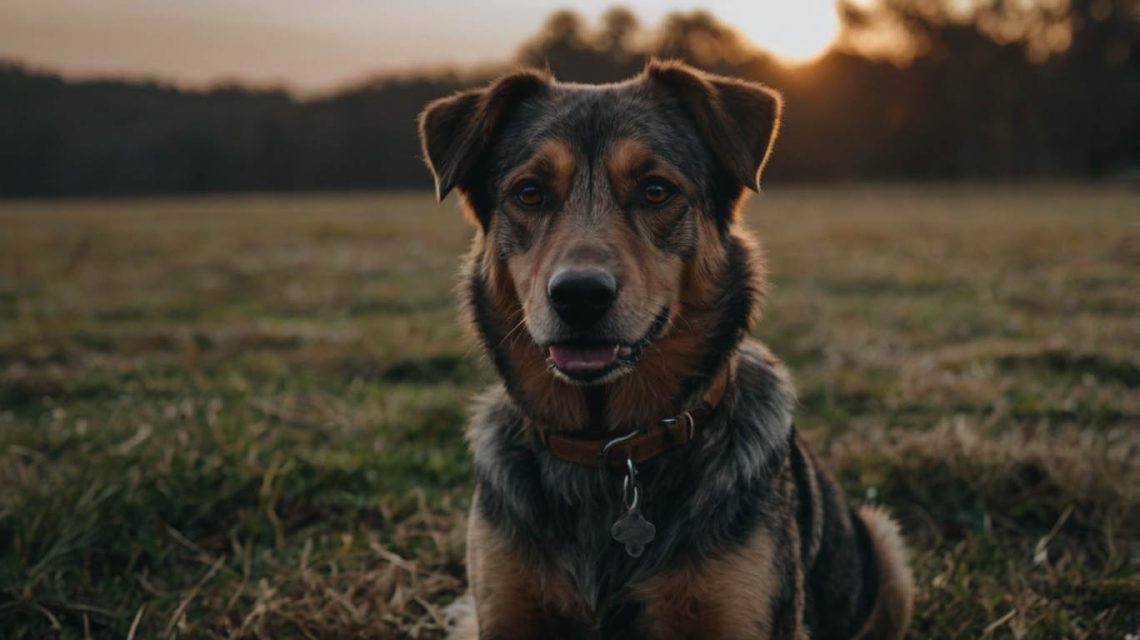Training your dog doesn’t have to be a treat-fueled endeavor. In fact, many owners and trainers are now exploring how to build consistent obedience, trust, and engagement without reaching for snacks. If you’ve ever asked, how to reward dog without treats ?, you’re not alone—and you’re certainly not out of options.
While food-based reinforcement has its place, there are countless other effective ways to acknowledge and encourage good behavior. From verbal praise to life rewards and play-based reinforcement, this guide dives deep into how to reward dog without treats—with practical examples, proven techniques, and a few inspiring success stories along the way.
Why Choose to Reward Dog Without Treats
There are several excellent reasons to skip the treat pouch:
- Your dog has allergies or dietary restrictions
- You’re avoiding overfeeding or weight gain
- You want your dog to respond without expecting food
- You prefer to build lasting habits through natural rewards
- Your dog isn’t food motivated to begin with
Whatever the motivation, learning how to reward dog without treats puts the focus back on the relationship—not the reward.

Case Study: Max the Motivated Mutt
Max, a high-energy Border Collie mix, was never into food. His owner, Dana, tried everything from liver treats to cheese, with minimal response. Finally, she ditched food and began rewarding Max with tug-of-war sessions and praise. Within weeks, Max became laser-focused during training. Now, he performs complex commands with just a ball toss or a heartfelt “Good boy!”—showcasing exactly how to reward dog without treats effectively.
Understanding Your Dog’s True Motivation
Every dog wants something—it just may not be food. The first step in how to reward dog without treats is discovering what your dog truly values.
Top Non-Treat Rewards Dogs Love:
- Verbal praise
- Physical affection
- Toys and play
- Environmental rewards
- Freedom or access to favorite spaces
- Social interaction
Each of these can be just as powerful as a treat when used consistently and enthusiastically.
Verbal Praise: The Most Underrated Reward
Why Praise Works So Well
Dogs are incredibly responsive to tone and energy. Your voice can become a powerful reward—when used properly.
Tips for Using Praise Effectively:
- Use a happy, enthusiastic tone
- Be immediate—reward behavior as it happens
- Add touch or clapping for extra excitement
- Be consistent with words like “Yes!” or “Good job!”
A lively “Good dog!” can create just as much excitement as a biscuit—especially when paired with affection or play.
Physical Affection: Simple, Free, and Effective
Not all dogs crave hugs—but many enjoy gentle petting or ear scratches. Use affection as a reward after successful behaviors like sitting, staying, or coming when called.
Affection-Based Rewarding Tips:
- Identify where your dog likes to be touched
- Use brief physical rewards—too long can disrupt training
- Combine affection with praise or a marker word
- Reserve touch for calm, focused behavior to avoid overexcitement
Affection builds trust—and trust builds lasting behavior.
Play as a High-Value Reward
For playful dogs, games can outperform treats.
Popular Play Rewards:
- Tug-of-war
- Fetch
- Chase games
- Puzzle toys
- Hide and seek
Play-to-Train Example:
Ask your dog to “Sit.” When they do, toss the ball as a reward. Repeat with different commands to reinforce learning through movement and fun. This keeps dogs engaged and excited—especially during outdoor training.
Life Rewards: Turning Everyday Moments Into Reinforcement
Dogs love certain life events—like going outside, jumping on the couch, or sniffing a tree.
Use these moments as natural rewards:
| Desired Behavior | Life Reward Example |
|---|---|
| Sit at the door | Door opens for a walk |
| Wait calmly in car | Gets to go out first |
| Loose-leash walking | Permission to sniff favorite spots |
| Quiet behavior | Access to the backyard |
By linking obedience to privileges, you reinforce behavior without treats.
How to Use Marker Words Without Treats
Marker words let your dog know exactly what action earned the reward. While clickers are great, your voice can work just as well.
Choose a Marker Like:
- “Yes!”
- “Good!”
- “Nice!”
Say it immediately after the desired behavior, followed by praise, play, or a life reward. This consistency helps your dog associate the word with success—even without food.
Games That Reinforce Behavior Without Treats
Tug for Focus
Ask for a behavior like “Sit” or “Down.” Then play tug for 10 seconds as a reward. End the game with a release cue like “Drop it” and repeat.
Fetch for Recall
Call your dog, then toss a ball as soon as they arrive. Over time, they’ll associate coming when called with immediate fun.
Hide and Seek
Hide and call your dog. When they find you, celebrate with praise and a quick game. This builds reliable recall and attention.

Training Tips for Success Without Treats
To truly master how to reward dog without treats, keep these tips in mind:
- Be exciting and rewarding—your energy matters
- Use real-world motivators based on your dog’s personality
- Keep sessions short, frequent, and fun
- Reinforce behaviors with movement, voice, or access
- Be clear, consistent, and patient
Dogs thrive when they understand what’s expected—and when the payoff is worth it.
Case Study: Willow the Wanderer
Willow, a 2-year-old rescue, ignored food and often wandered off. Her foster family started using a long line, calling her back and rewarding her with brief off-leash access or a squeaky toy. Over time, she learned that listening earned freedom, and now she comes when called—without any treats in sight.
Willow’s story reminds us that the best rewards often don’t come from a bag—they come from bonding, play, and trust.
FAQs
Can I reward my dog without food every time?
Yes! Dogs can be trained and rewarded using praise, play, and other motivators effectively.
Will my dog lose interest without treats?
Not if you use rewards they love—like toys, attention, or freedom. Keep it fun and varied.
How do I know what my dog likes?
Test different rewards: toys, verbal praise, petting, or access. See which gets the biggest reaction.
Can I switch between treats and non-treat rewards?
Absolutely. Blending rewards keeps training fresh and prevents over-reliance on food.
Is no-treat training good for puppies?
Yes! Puppies love attention and play. Starting early with non-treat rewards builds healthy habits.
Conclusion: Rewarding Your Dog Without Snacks is a Game-Changer
You don’t need to rely on snacks to shape your dog’s behavior. In fact, how to reward dog without treats opens the door to a more authentic, bonded relationship. By discovering what truly motivates your dog—whether it’s play, affection, or praise—you’ll create a training experience that’s fun, sustainable, and snack-free.
So ditch the treat pouch, grab a toy or offer a belly rub, and start rewarding in ways that build trust, joy, and lifelong obedience.


